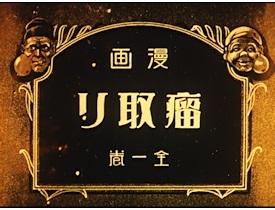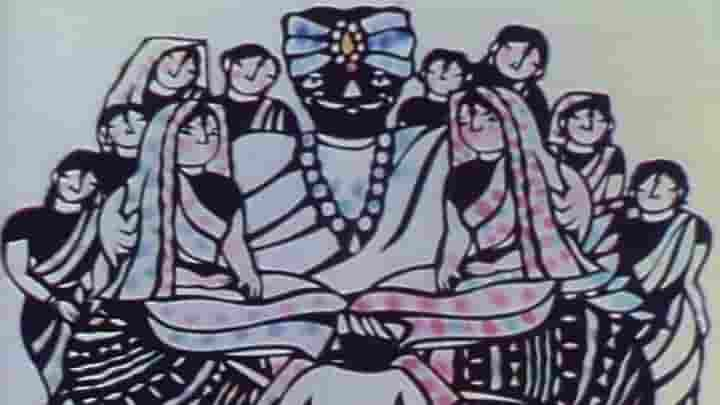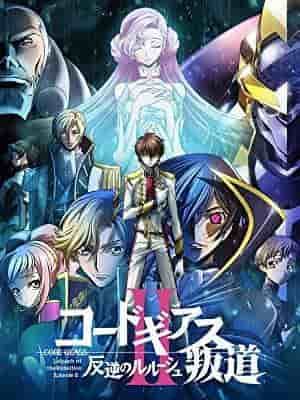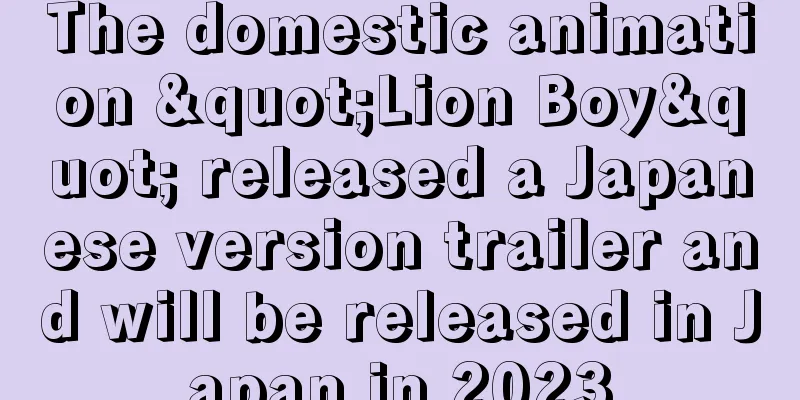The appeal and reviews of "Knot Removal": A fusion of profound themes and visual beauty

"Knot Removal" - The Appeal and Historical Significance of the 1929 Japanese Animation FilmIntroductionReleased in October 1929, "Kumotori" occupies an important place in the history of Japanese animation films. Based on the original story by Chuzo Aoji, the film was illustrated by Yasuji Murata and produced by Yokohama Cinema Shokai. Although it is only a 17-minute short animation, its story and expressive techniques made a strong impression on viewers at the time. This article will provide a detailed explanation of the story, production background, technical features and historical significance of "Kumotori." It will also provide viewing methods to get the most out of the film and introduce related works. story■ Story Long ago, two old men named Tarohira and Jirohei lived next door to each other. Tarohira was honest and hardworking. However, he had a big lump on his left cheek. Jirohei was greedy and lazy. He also had a big lump on his right cheek. Tarohira went to the mountains every day to get firewood. One day, he was caught in a sudden rain shower and took shelter in a hollow tree, where he ended up falling asleep. He woke up to a noise and looked outside, where he saw the big and little tengu gathered together and having a drinking party. As he watched the tengu dance, he became amused and performed the Hiyottoko dance himself. The tengu were delighted and asked him to come again the next night, and they agreed to take care of the lump on his cheek until then. With the lump removed, Tarohira returned home feeling happy inside. After hearing this story, Greedy Jirouhei disguises himself as Tarōhei and goes out the next night, but his poor dancing angers the Tengu, who attach the bump they had been looking after to Jirouhei's left cheek. Background"Kumotori" was produced in 1929 in Japan, at a time when animation was still a new medium. During this period, movies were in transition from silent films to talkies, and animation was also influenced by this. Chuzo Aochi attempted to tell a story through visual expression, based on the folklore and old tales of the time. Yasuji Murata's drawings skillfully depict the story within the technical constraints of the time. Through this work, Yokohama Cinema Shokai aimed to show a wide audience the possibilities of animation. Technical features■ExplanationInstead of demons, there is a large Tengu and many Karasu Tengu. Nighttime scenes are depicted using silhouettes. "Kumotori" maximizes its visual appeal while skillfully utilizing the technical limitations of the time. In particular, the use of silhouettes in nighttime scenes creates a strong visual impact. The depiction of the Ootengu and Karasu Tengu was fresh to audiences at the time, emphasizing the fantasy elements of the story. Furthermore, the Hiyottoko dance scene shows ingenuity in the depiction of the movements, providing visual enjoyment. Main Staff■ Main staffScript and original story: Chuzo Aoji Illustrator: Yasuji Murata Photography: Yukiki Ueno The production of "Kumotori" involved staff members who were active at the forefront of the time, such as Aochi Chuzo, Murata Yasuji, and Ueno Yukikiyo. Aochi Chuzo was in charge of the original story and script, and built the framework of the story. Murata Yasuji expressed the story visually through his drawings, bringing out its visual appeal. Ueno Yukikiyo made full use of his photography techniques to enhance the texture of the work. Thanks to the cooperation of these staff members, "Kumotori" became a highly polished work. Historical Significance"Kumotori" occupies an important place in the history of Japanese animation films. This work was produced in 1929, when animation was still a new medium in Japan, and had a major impact on the subsequent development of Japanese animation. In particular, storytelling based on folklore and old tales became one of the characteristics of later Japanese animation. Also, the method of creating visual appeal within technical constraints had a major impact on later animation production. Furthermore, "Kumotori" demonstrated the possibility of telling a story through visual expression, and made a strong impression on viewers. For these reasons, "Kumotori" can be said to occupy an important place in the history of Japanese animation films. How to watch and recommended pointsWhen watching "Kumotori," paying attention to the following points will help you get the most out of the film.
Related works and recommendationsAfter watching "The Lumbar Removal," we recommend watching the following related works, which, like "The Lumbar Removal," explore storytelling based on folklore and old tales, and telling stories through visual expression.
summary"Kumotori" was produced in Japan in 1929, when animation films were still a new medium. The film was based on the original story by Chuzo Aoji, with illustrations by Yasuji Murata, and produced by Yokohama Cinema Shokai. Although it is only a 17-minute short animation, its story and expressive techniques made a strong impression on viewers at the time. This article provides a detailed explanation of the story, production background, technical features, and historical significance of "Kumotori." It also provides viewing methods to maximize the appeal of the film, and introduces related works. By watching "Kumotori," you can rediscover the appeal of Japanese animation film history. |
<<: The appeal and reviews of "Kuro Nyago": Unraveling the mysteries of darkness and cats
>>: Taro's Train: Evaluation of attractive design and running performance
Recommend
The new "Alien" movie finally has an official name and will be released in August this year
According to Disney's Q1 financial report, th...
South Korean horror film "Gonjiam" will be remade into a US version of the suicidal youth exploring the haunted house at night
According to foreign media THR, the well-known Ko...
Tencent Comics launches "The Three-Body Problem" comics, which will be officially launched in November
Recently, a comic titled "The Three-Body Pro...
"Blue Thermal" Review: A drama of blue sky charm and challenge
Blue Thermal - A Challenge to the Blue Sky and th...
10 minutes extra! Sony Pictures announces Once Upon a Time in Hollywood will be re-screened
Sony Pictures announced that they plan to re-scre...
Detective Conan: Crimson Love Letter - A thorough review of the touching story and intricate mystery solving
Detective Conan: Crimson Love Letter - Movie revi...
The appeal and reviews of "Pia Carrot Welcome!! 2 DX": An evolved gaming experience that fans must see
"Welcome to Pia Carrot!! 2 DX" - A bitt...
Which one do you want to watch more? The live-action version of "Gintama 2" vs the animated version of "The Seven Deadly Sins" will be released tomorrow
Anime fans, please pay attention! Two classic IP ...
James Wan to film live-action adaptation of Call of Cthulhu
According to Deadline, James Wan is producing a m...
Trailer for Wong Kar-wai's first TV series "Blossoms" released, starring Hu Ge
Today (June 7), the first trailer of the drama &q...
A human-powered battleship!? The appeal and evaluation of "Shiokaze Sawakaze"
Human-powered battleship!? Shiokaze Sawakaze - An...
Impressions and reviews of the first semester of "School Rumble"
School Rumble - A love comedy set in hot springs ...
The new TV animation of the classic game "Girls Frontline" is expected to be broadcast in 2022
The new TV animation "Girls Frontline",...
The appeal and reviews of Sister Princess RePure [Part B]: A touching story revisited
Sister Princess RePure [Part B] - A touching stor...
"The Witcher" Season 2 new set photos exposed Geralt's double appeared
The second season of Netflix's fantasy drama ...









